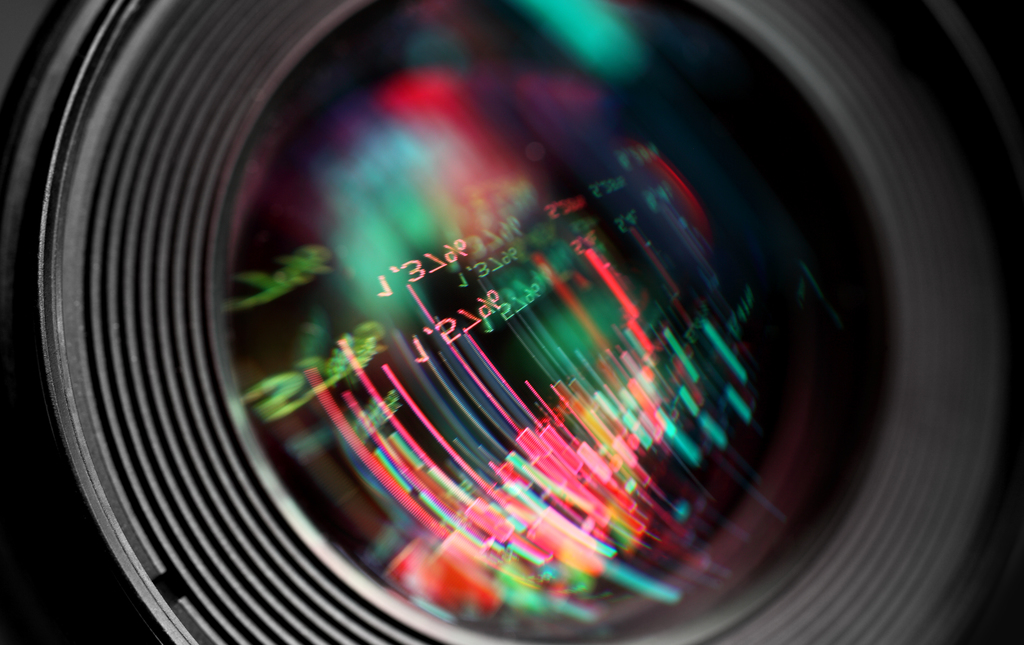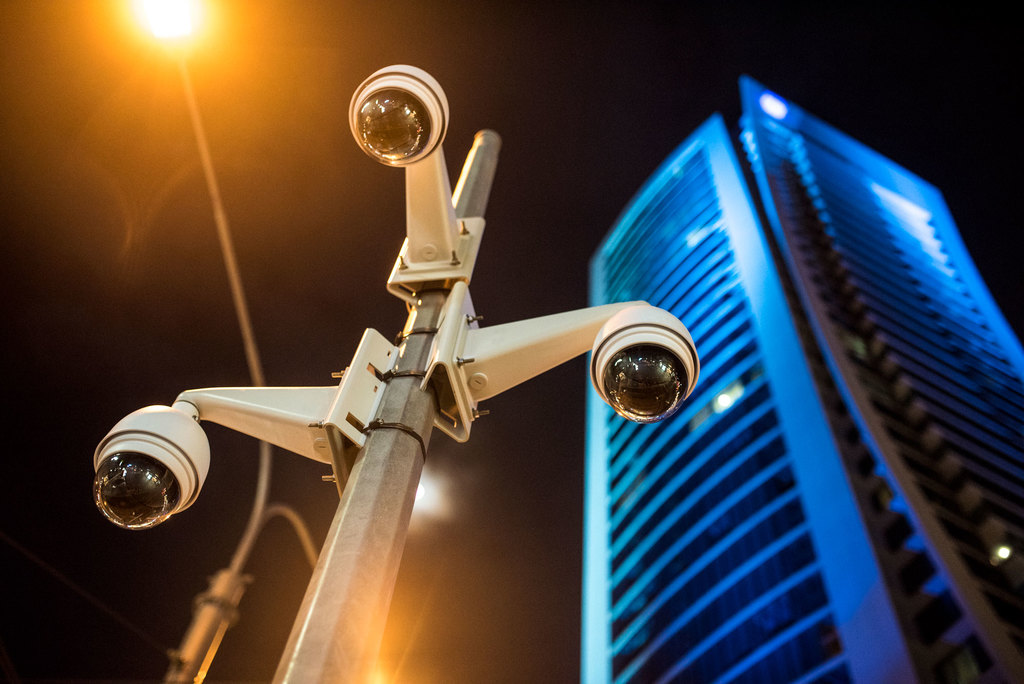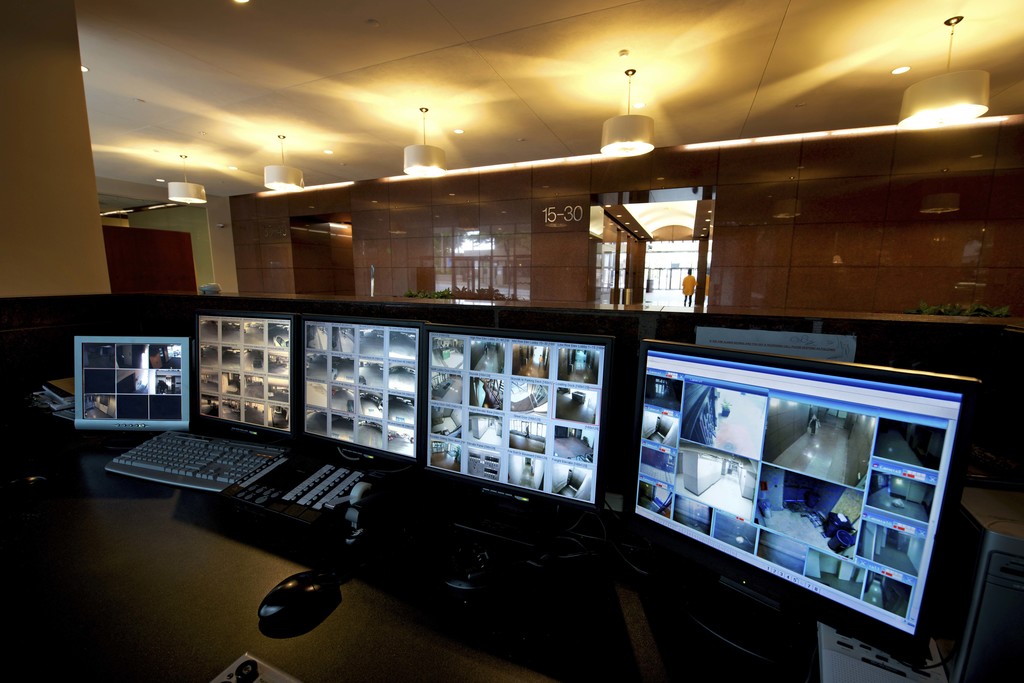
Brian Sims
Editor

Brian Sims
Editor
Security and safety can be enhanced using video analytics. However, Sean Murphy highlights that organisations can also use the technology to reduce costs, increase efficiency, and improve sales.
DESPITE THE huge amount of video data collected, statistics show that only 10 percent of data is ever used and most loses its value within seconds of being generated. Why use such a limited amount of data?
Many security organisations are focused on delivering the right information in case of an emergency or providing the correct evidence after a criminal act. Yet the fact is, a new video security system can be a large investment. Together with the service, maintenance and management costs associated with it, most video systems are currently considered overhead.
So how can you maximise the value of your video system? Video analytics ensure surveillance images are continuously analysed in real-time to alert users to things that need attention. This helps organisations make sense of video data and adds an extra layer of protection by providing alerts to potential security risks before or as they occur, such as detecting loitering in a parking lot or a perimeter breach after hours. The following are a few of the conditions that video analytics can be programmed to alert on.:
These are just some of the ways video analytics can assist to enhance security and safety.
Trigger system events
Integrating analytic alerts with other security systems enables organisations to use the data to trigger responses from other components of the security solution. This can increase overall security, better mitigate risk, and reduce complexity for users to improve efficiency.
For example, intelligent cameras equipped with video analytics can initiate intrusion detection system events when alarms are triggered. This can prompt the panel to communicate the alarm to the central station or to send video snapshots to security personnel.
In a retail store or warehouse environment, video analytics can also alert to an emergency exit that has been blocked by a pallet of boxes or by another object. Using an idle object rule, the IP camera with analytics can alert when an object remains in the area for longer than a pre-defined amount of time. When this occurs, the alert can fault a point on the intrusion control panel, which can then send an email or text message with a video snapshot to the store or warehouse manager. This can help to prevent code violations and unsafe conditions.
Triggering audio communications
Video analytics can also be used to trigger communications via a public address or a radio dispatch system. For example, at a critical infrastructure or other high-security site, cameras with on-board analytics can use a line crossing rule to detect a person crossing a perimeter or climbing a fence. When integrated with the intrusion control panel, the analytic event can create an alarm, which can then trigger the public address system to automatically make an announcement in the area advising the intruder that he or she has been detected and that the authorities will be dispatched. A notification to facility or security personnel through their two-way radios can also be triggered.
If the event occurs after hours and no personnel are onsite, the event alert can raise an alarm at the monitoring station where operators can use additional cameras to zoom in on the area for a closer look. Instead of the recorded message, a live announcement can override the recording, and the operator can address the intruder directly. This can be a powerful deterrent that may prevent possible damage and theft.
The end result of both scenarios is that security teams and authorities are sent to investigate and apprehend the intruder while the entire event is recorded and preserved for forensic evidence should it be needed.
Extending beyond security
Not only can video analytics detect threats, alert to security breaches, and help enforce health and safety regulations, it can also do much more. The examples described up to this point demonstrate how video analytics can be used by other security systems when those products are designed to work seamlessly together. But it is also important to understand that video analytics can also bring significant benefits beyond conventional security applications.
Data gleaned by interpreting video with analytics can do far more for businesses than security alone. It can enable organisations to re-purpose the data for new uses for the business—offering valuable insights to other departments within an organisation, such as providing the ability to analyse behaviour in retail stores to help merchandisers create more effective display placements.
The cameras can interpret data directly at the source and re-assign it to help organisations make smarter decisions. This includes monitoring presence to reduce utility bills, identifying patterns in customer activity to improve sales, and distinguishing road blocks to optimise retail shop layout and increase customer satisfaction.
People counting and crowd detection can also help organisations improve customer satisfaction by monitoring for long lines, or people gathered in an area, indicating additional assistance may be needed. In some cases, an analytics alert could trigger an automatic announcement from the public address system requesting an additional cash register to be opened because the number of people in a checkout line have exceeded the pre-defined threshold.
Video analytics can help organisations reduce costs, increase efficiency, and improve sales. The organisation gains greater value from the system and a return on investment that can be measured in tangible business results. Then, the video system is no longer considered overhead.
Getting started
While you already understand how your organisation currently works and what requirements you have now, understanding how your organisation would like to work in the future is key to determining how video analytics can maximise the value of your system.
Start by asking functional leaders at your organisation a few probing questions to get them thinking about their needs in a new way. Are there areas of the facility that require greater security? Are there currently manual processes that could be streamlined? Are there notifications or other technologies that could improve efficiency of personnel and the safety of employees? Are there regulations or government mandates that need to be adhered to? Are there uses for the video data beyond security?
At Bosch we believe that every business should be able to take advantages of these advances in technology - without the need for additional investment or a license fee. Which is why our cameras now feature on-board video analytics as standard. Thinking beyond security opens up video analytics to revolutionise how video data will be used in the future and can take data usage to a whole new level.
Whether the analytics are embedded in the IP camera at the edge, run centrally on a server, or hosted in the cloud, there are significant benefits to be gained for the organisation. While there is debate in the industry over which method is best, the application of the analytics should guide the selection.
Analytics at the edge, or embedded in the IP camera, enables the camera to understand what it sees. In effect, the camera becomes smart, so you have a constant eye on a scene that can instantly alert to conditions that require action. Edge analytics are ideal for perimeter protection, tracking moving objects, alerting to loitering or objects removed, as well as people counting and crowd detection. Metadata added to the video at the edge also enables fast searching through hours of stored video for instant retrieval of relevant data—even for events not originally set up as alerts.
Specialised analytics, such as facial or license plate recognition, require database matching, making them best suited for server-based solutions. These technologies have uses beyond security as well. For example, license plate recognition can help with parking lot capacity and usage analysis or for automating payments for regular patrons.
Cloud-based analytics are a great fit in applications where vast quantities of metadata need to be analysed for business support purposes. For example, in a retail store, security cameras equipped with edge analytics can send metadata from video images to the cloud. Once in the cloud, sophisticated algorithms can aggregate the metadata to create trajectories of the paths that shoppers take through a store and heat maps indicating where they stop and dwell. These capabilities enable merchandisers to evaluate the success of displays and store layouts, which directly impacts customer engagement. This can also be used by operations and store managers to understand shopper wait times at checkout to ensure an adequate number of open cashiers at peak times – thereby avoiding the possibility of abandoned purchases due to long lines.
Fast-forward to the future of video analytics – the possibilities and potential within and beyond security are unlimited. Armed with this knowledge, you can use the hidden potential of video for a business advantage – one that helps you achieve 100 percent utilisation of your video security data. And that is how we maximise the value of video systems.
Sean Murphy is the director of regional marketing North America video systems for Bosch Security Systems. For more information visit, www.boschsecurity.com/xc/en/products/video-systems/video-analytics



Robert Bosch Ltd
PO Box 1186
Liverpool
L69 3YJ
UNITED KINGDOM
0031 40 25 77 284